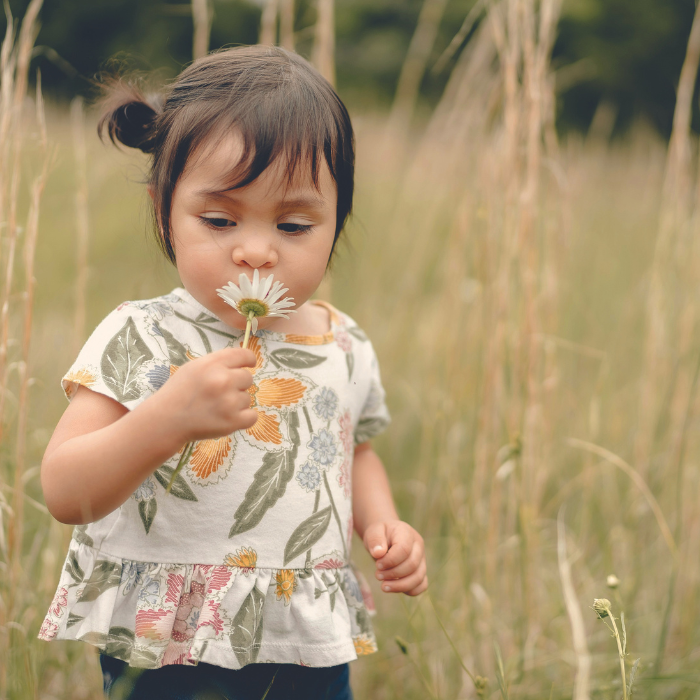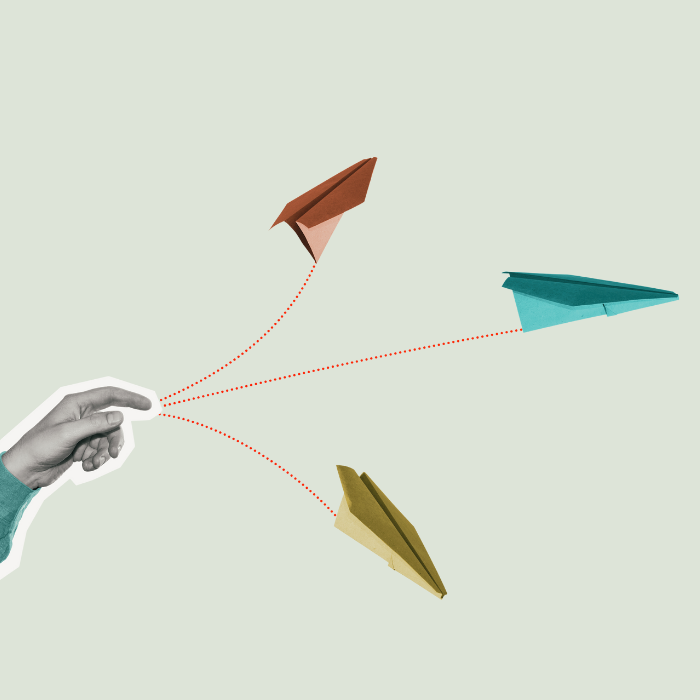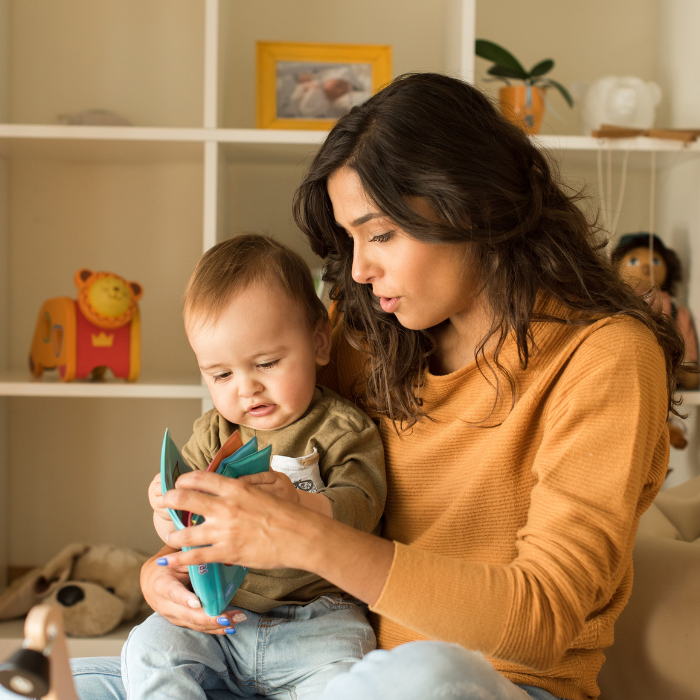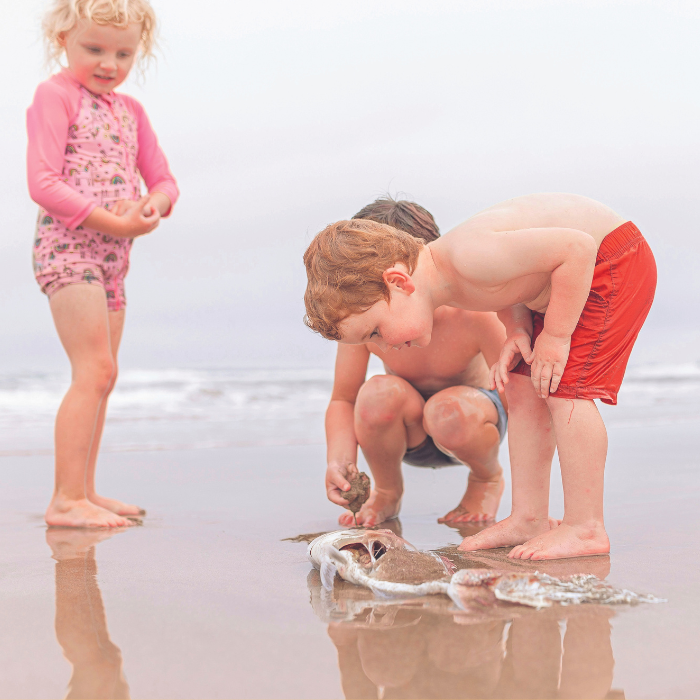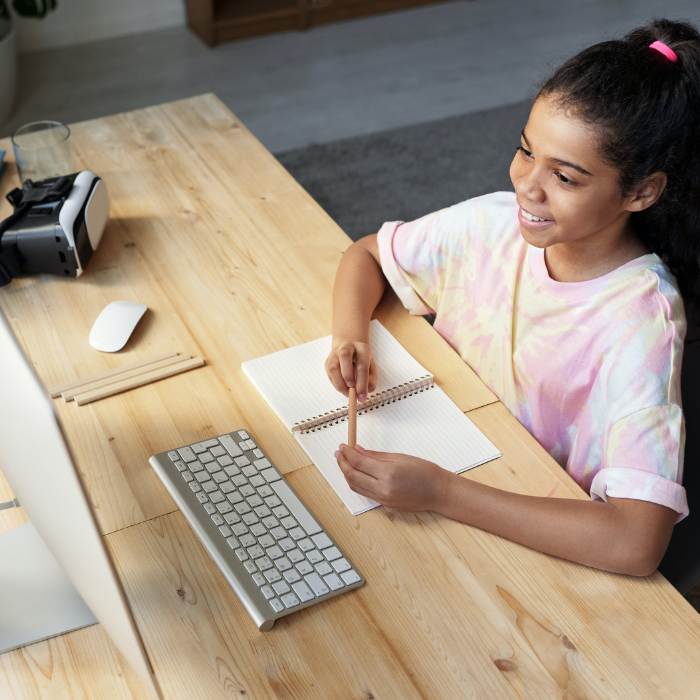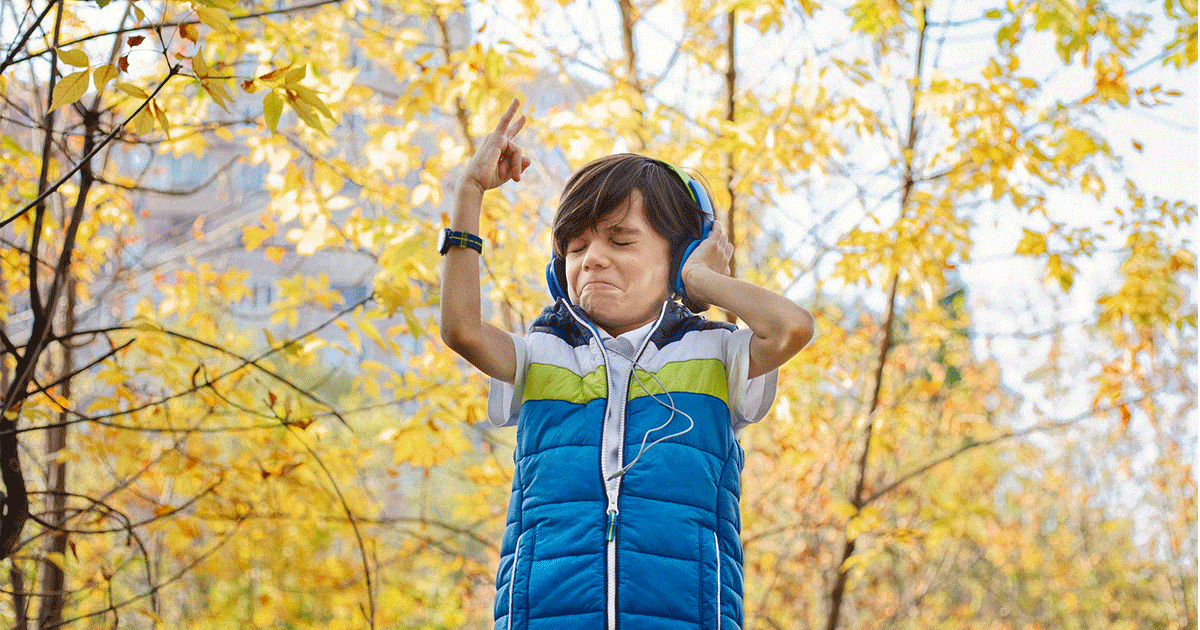
It’s never too early to introduce your children to a love of music, explains Miranda Rocca.
Music framed my childhood. As a child, I always knew my dad was happy and where to find him by his whistling. He whistled while he worked, while he was in the garden, when he was out walking, anywhere. And I knew if Mum was super happy because she would crank up one of her many Tchaikovsky ballet recordings (she was a ballet teacher) so the whole neighbourhood could hear it. Glenn Campbell, ABBA, the Bee Gees – every time I hear any of their old songs, it takes me back to a happy childhood memory. I guarantee that if you weave music into each day with your baby or young child, your time together will be peppered with magic moments – both to enjoy and to remember. There’s so much to choose from – music for dancing, music for playing, music for calming, music for dreaming.
The merits of nursery rhymes
Traditional nursery rhymes from many different cultures have been used in the past largely to soothe babies to sleep and to develop language skills. We are now only just beginning to understand the science and ancient wisdom behind the singing and sharing of these songs and the huge added benefit music has on children’s brain development, fine and gross motor skills. The German composer Carl Orff was a passionate educator of children who believed rhythm and a country’s folk music were at the core of musical learning. Music sessions which involve participation in simple, live music-making, including singing, body percussion, playing simple rhythm instruments, and whole body movement, are especially beneficial.
Sing to your children
Shinichi Suzuki’s philosophy is based on the belief that children learn best through the observations of their environment – by watching and listening to their caregivers, and also that infants show a significant preference for songs sung by their mother or father over pre-recorded music so… Sing, sing, sing!
Start in the womb
You can start before your baby arrives. Play music that matches your mood – joyful, playful, calming, and sing! Here’s what Stuart Manins, author of the So-Me storybooks for children, advises: “Start as early as possible. Yes, if you want to be really thorough, you can start before birth. There has been a lot of research now on the prenatal musical behaviour of unborn children. But you don’t have to be an academic to do what can help the developing child. Just involve yourself in musical activities like lots of singing, listening, moving and playing (of both kinds if you can) and the foetus will respond eagerly to the environment you provide.”
Take your clue from classes
Go along to your local preschool music class for some guidance, and then make music the same way at home. You can help teach some of the most important elements of music to your toddler – the difference between high and low, fast and slow, loud and soft. Keep time by clapping or patting the beat, move to the music, and feel the beat by moving and dancing. It is a proven fact that, when playing music, we are using both sides of our brains simultaneously and, if relating to pitch (louder, softer, lower, higher), rhythm, and the text of music, the brain is spectacularly active.
Music in the early years
After your baby is born, the same principle keeps applying all through life. The more musical involvement is denied in early years, the more disadvantaged a baby or toddler becomes. Some years ago, I was involved in a research survey with Dr Roger Buckton looking at concept, emotional, and motor development of music learners, and the biggest single factor to emerge was this: The best, most potentially worthwhile and effective time for helping children is in early childhood. So just do musical things yourself and, of course, with your children. Don’t leave it to the experts only. Use experts, by all means, but not as a substitute for your example.
Make music a part of your family’s everyday life
Use your time at home with your toddler to explore music-making. You might like to get hold of some small percussion instruments – maracas, a tambourine, a hand drum, or a xylophone, or improvise with everyday household items like spoons, pots and pans, and a bucket instead of a drum. There are some great ideas on the internet about how to make homemade instruments! Most importantly, though, encourage all improvisation, movement, and self-expression that may unfold. This is a precious time when open, spontaneous expression flows. Just like learning to speak a language, given the right opportunity, everyone can play and “speak” music. The earlier you start, the easier it is to learn. If you learn the fundamentals well and nurture a love of music, not only will musicianship flourish, creativity will too. And creativity is what the world needs more of.
Miranda Rocca is the manager of Lewis Eady Music School, as well as a pianist and a mother of four young musicians.



